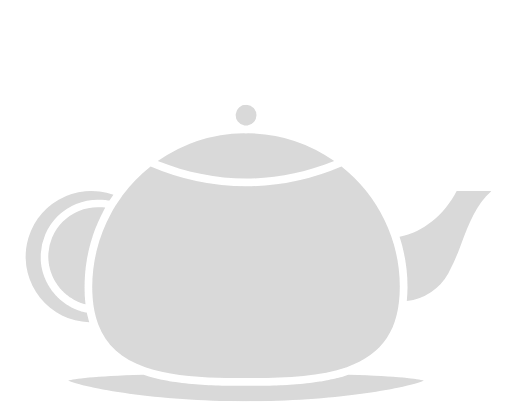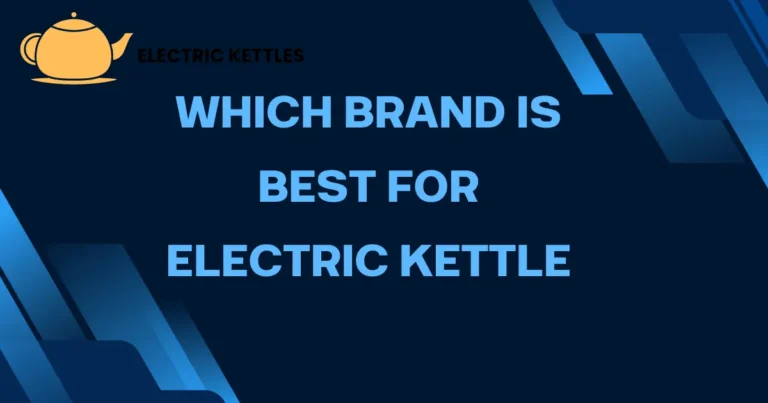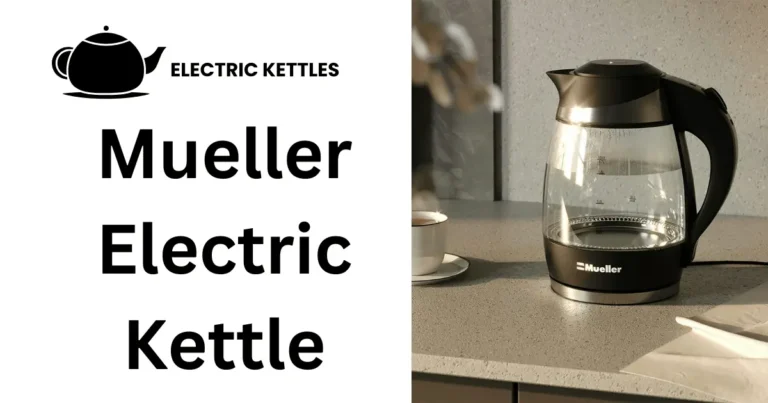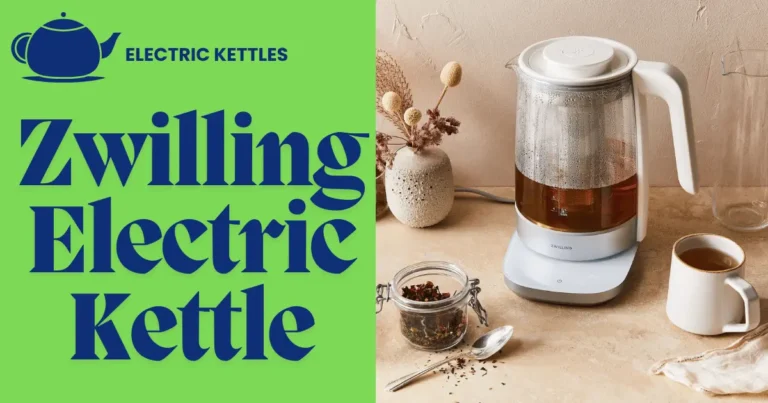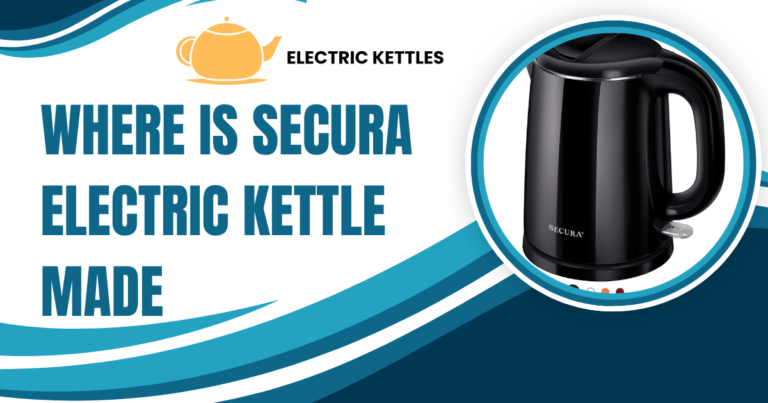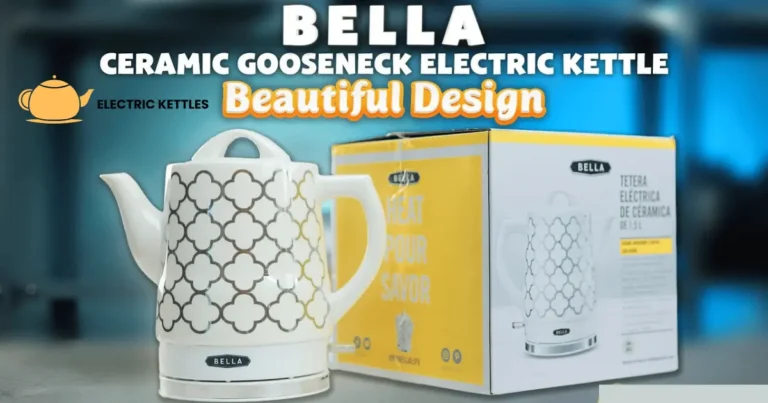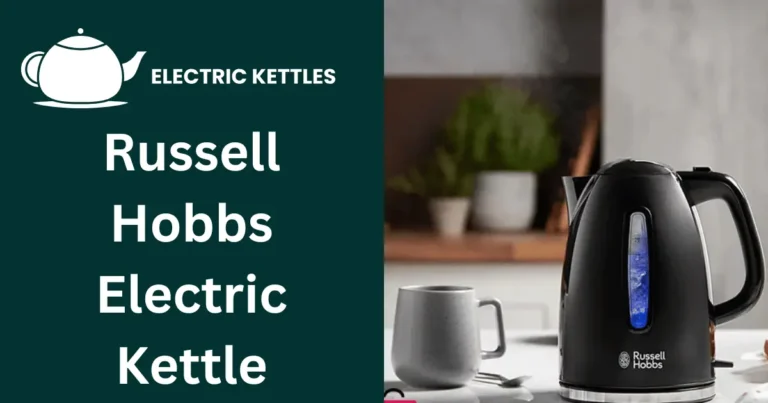Which Electric Kettle Is Better Glass or Stainless Steel
The purpose of this comparison is to help you choose between a glass or stainless steel electric kettle. Both types have their own benefits and drawbacks, so knowing the differences can make your decision easier. This article breaks down the pros and cons of each, so you can find the one that fits your needs.
Choosing the right kettle is important because it affects your daily routine. A good kettle heats water quickly, lasts long, and is easy to clean. Whether you care about design, durability, or safety, picking the best kettle for your needs will save you time and effort.
Table of Contents
Pros and Cons of Glass Electric Kettles
Pros of Glass Electric Kettles
- Elegant Design and Visual Appeal: Glass kettles are known for their stylish, modern look, often becoming a centerpiece in the kitchen. The transparent design allows you to observe the water boiling, which not only looks appealing but also adds a functional touch, letting you know when the water is ready without needing to open the lid.
- No Chemical Leaching: Unlike some plastic kettles, glass does not contain harmful chemicals like BPA. This means you can heat your water without worrying about any chemicals being released into the water, making it a safer choice, especially for households that prioritize health.
- Odor and Taste-Free: Glass is a non-porous material, meaning it doesn’t absorb odors or flavors from the water. This ensures that the taste of your water remains consistent, even if you’ve boiled different liquids in it before.
- Easy Water Level Monitoring: The transparent nature of glass makes it simple to check how much water is inside. This allows you to boil only the amount you need, saving energy and preventing overfilling, which can be a common issue with non-transparent kettles.
Cons of Glass Electric Kettles
- Fragility and Risk of Breakage: Glass kettles, despite being made from durable borosilicate glass, are still prone to cracking or breaking if dropped or knocked over. This makes them less ideal for busy kitchens or homes with small children, where accidents might happen.
- Poor Heat Retention: Glass doesn’t hold heat as effectively as materials like stainless steel. Once the water is boiled, it tends to cool down faster, meaning you may need to reheat the water if it’s left sitting for a while. This can be inconvenient and less energy-efficient.
- Prone to Limescale and Water Stains: Glass kettles show water stains, mineral deposits, and limescale buildup more clearly than stainless steel. This means regular cleaning is required to keep them looking clear and polished, especially in areas with hard water.
- Heavier Weight: Some glass kettles are designed with thicker glass to prevent breakage, but this can make them heavier than their plastic or stainless steel counterparts. This added weight can make handling or pouring a bit more cumbersome, especially for users who prefer lighter appliances.
You can also read which electric kettle is best without plastic.
Pros and Cons of Stainless Steel Electric Kettles
Pros of Stainless Steel Electric Kettles
- Durability and Longevity: Stainless steel kettles are highly durable and resistant to dents, cracks, and rust. They are built to last and can withstand daily use, making them a great long-term investment. Their sturdy construction also makes them less likely to break or be damaged, even if dropped.
- Excellent Heat Retention: Stainless steel kettles are excellent at retaining heat, which means the water inside stays hot longer after boiling. This reduces the need for reheating, saving energy and making the kettle more efficient for users who need hot water available for extended periods.
- Sleek and Modern Appearance: The shiny, polished finish of stainless steel kettles gives them a sleek and modern look. They easily match other kitchen appliances and add a professional touch to any kitchen space.
- Resistant to Stains and Odors: Stainless steel doesn’t absorb odors or flavors, ensuring that each boil provides fresh, clean water. The material is also resistant to stains, so the kettle remains looking clean with minimal maintenance.
Cons of Stainless Steel Electric Kettles
- Lack of Visibility While Boiling: One downside of stainless steel kettles is that they are opaque, which means you can’t see the water level inside. This can make it harder to judge how much water is in the kettle and requires opening the lid to check.
- Potential for Chemical Reactions: Some low-quality stainless steel kettles may react with water, especially if the water is acidic. Over time, this can cause the kettle to release a metallic taste into the water. However, high-quality stainless steel kettles usually don’t have this issue.
- Heavier and Bulkier: Stainless steel kettles are often heavier and bulkier compared to glass or plastic options. This added weight may make them less convenient to move or pour, especially for users looking for a lightweight appliance.
- Can Get Hot to the Touch: The exterior of stainless steel kettles can become very hot during and after boiling. This increases the risk of accidental burns if touched without caution, especially if the kettle doesn’t have proper heat-insulated handles or exterior protection.
Performance Comparison
| Performance Factor | Glass Electric Kettles | Stainless Steel Electric Kettles |
| Boiling Speed and Efficiency | Slower boiling due to less efficient heat conduction. | Faster boiling due to better heat distribution. |
| Energy Consumption | May consume more energy if reheating is needed frequently. | More energy-efficient due to faster boiling and heat retention. |
| Temperature Control and Precision | Basic boiling functions; fewer models offer temperature settings. | Many models offer precise temperature control for beverages like tea or coffee. |
| Noise Level During Boiling | Tends to be slightly noisier due to the material amplifying sound. | Quieter boiling process, with less noise compared to glass kettles. |
Price Comparison
Average Price Range for Glass Electric Kettles
Glass kettles are generally affordable, with prices typically ranging from $20 to $60. Basic models without additional features tend to be on the lower end, while those with advanced functions like LED lighting or temperature controls can cost more. Glass kettles are often seen as mid-range appliances, providing a balance between functionality and aesthetics at a reasonable price.
Average Price Range for Stainless Steel Electric Kettles
Stainless steel kettles tend to be slightly more expensive, with prices ranging from $25 to $100 or more, depending on the brand and features. High-end models with advanced temperature settings, better insulation, or design features often fall on the higher end of the spectrum. Stainless steel kettles are considered more of a long-term investment due to their durability and added features.
Conclusion
Both glass and stainless steel electric kettles have their advantages. Glass kettles offer a stylish design and allow you to see the water boiling. They are chemical-free and give you fresh-tasting water. However, they are more fragile and may require extra care to avoid breakage and stains.
Stainless steel kettles are more durable and heat water faster. They retain heat longer, making them more energy-efficient. While they don’t allow you to see the water inside, they are built to last and are less likely to get damaged.
